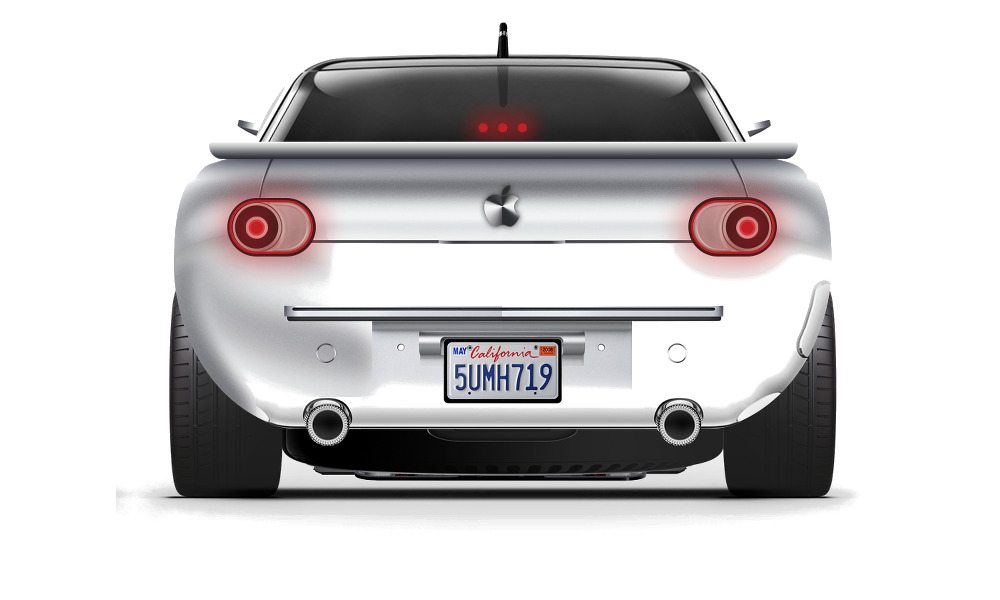Amidst Rampant Apple Car Speculation, Cupertino Is Awarded ‘Autonomous Vehicle Collision Avoidance System’ Patent

Toggle Dark Mode
We recently reported on Apple’s “transition” — from seeking to develop an actual, self-driving vehicle, to merely developing the artificial Intelligence (AI-based) software required to make a self-driving car, self-driving to begin with. And while we’re probably more than a few months out from seeing any major developments in the company’s carOS efforts materialize, a patent that was awarded Apple this week may shed some faint signs of light on the company’s ultimate goal in the auto space.
Filed with the U.S. Patent and Trademark Office Thursday morning, Apple’s “Collision Avoidance Of Arbitrary Polygonal Obstacles” patent is among the first pieces of publicly available documentation confirming the company’s work on [at least some] aspect of the autonomous vehicle infrastructure.
As AppleInsider notes, Apple’s patent is for a system largely based upon the same robotics and AI-based, machine learning algorithms that currently exist; and the system defined by Apple is of “a basic collision avoidance technique capable of successfully navigating an environment without prior knowledge of the objects within.”
Of course, such a system is nothing particularly ground-breaking, in and of itself — but Apple’s is unique, in that it will supposedly work on both a two-dimensional (2D) and three-dimensional (3D) plane — a feat that’s quite difficult to achieve by the current slate of similar systems on the market, according to TheStreet.
While current collision avoidance systems are limited by what’s known as a “look-ahead time” — the amount of time it takes for objects in your path, to be identified, Apple’s technology is something that can, in theory, be applied to help the driver avoid both concave and convex objects, whether they’re moving or stationary, thanks to the system’s ability to identify objects based on their geometric measurements.
Extending these 2D and 3D measuring abilities beyond their current means will of course require a combination of advanced processing power, camera optics, and other sophisticated components — but we think Apple is well prepared to deliver on that front, wouldn’t you agree?
By updating the vehicle’s view of its surroundings by up to 60 times per second, Apple’s collision avoidance system seeks to take a lot of the mathematical mumbo jumbo out of determining the shape and depth of objects in a driver’s immediate path.
In practical applications, Apple’s system will be able to help a vehicle avoid any potential accidents by measuring the metrics of that object and determining which edge of the object is closest to coming into contact with the vehicle — prior to calculating the amount of deceleration or force needed to avoid the object.
Using simple geometric measurements that are essentially imperceptible to most of us, Apple’s collision avoidance system then uses the data collected during your last “close encounter” to make more accurate computations in the future.









